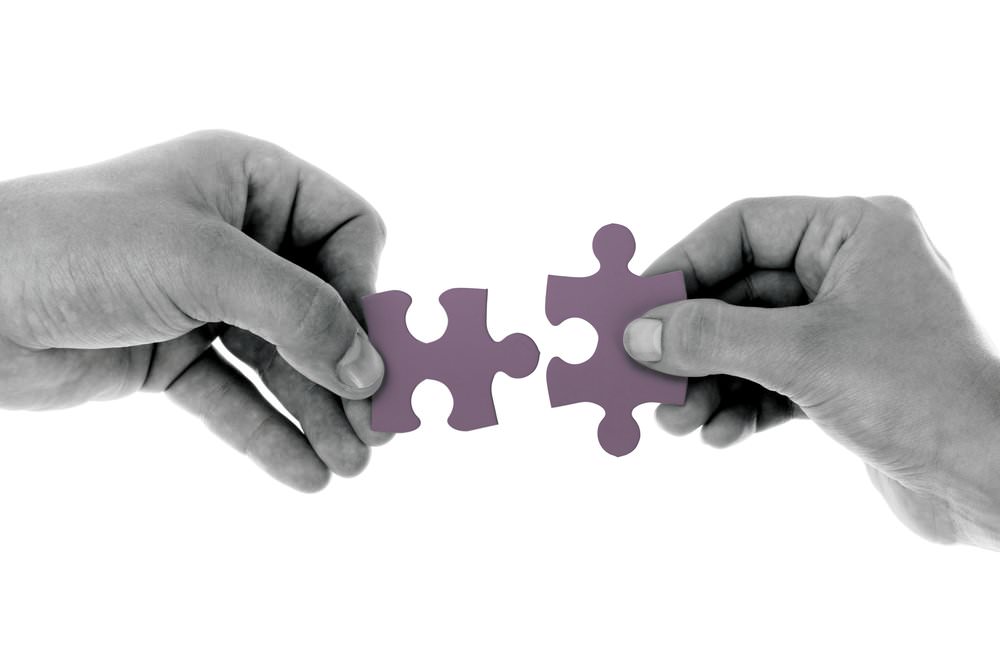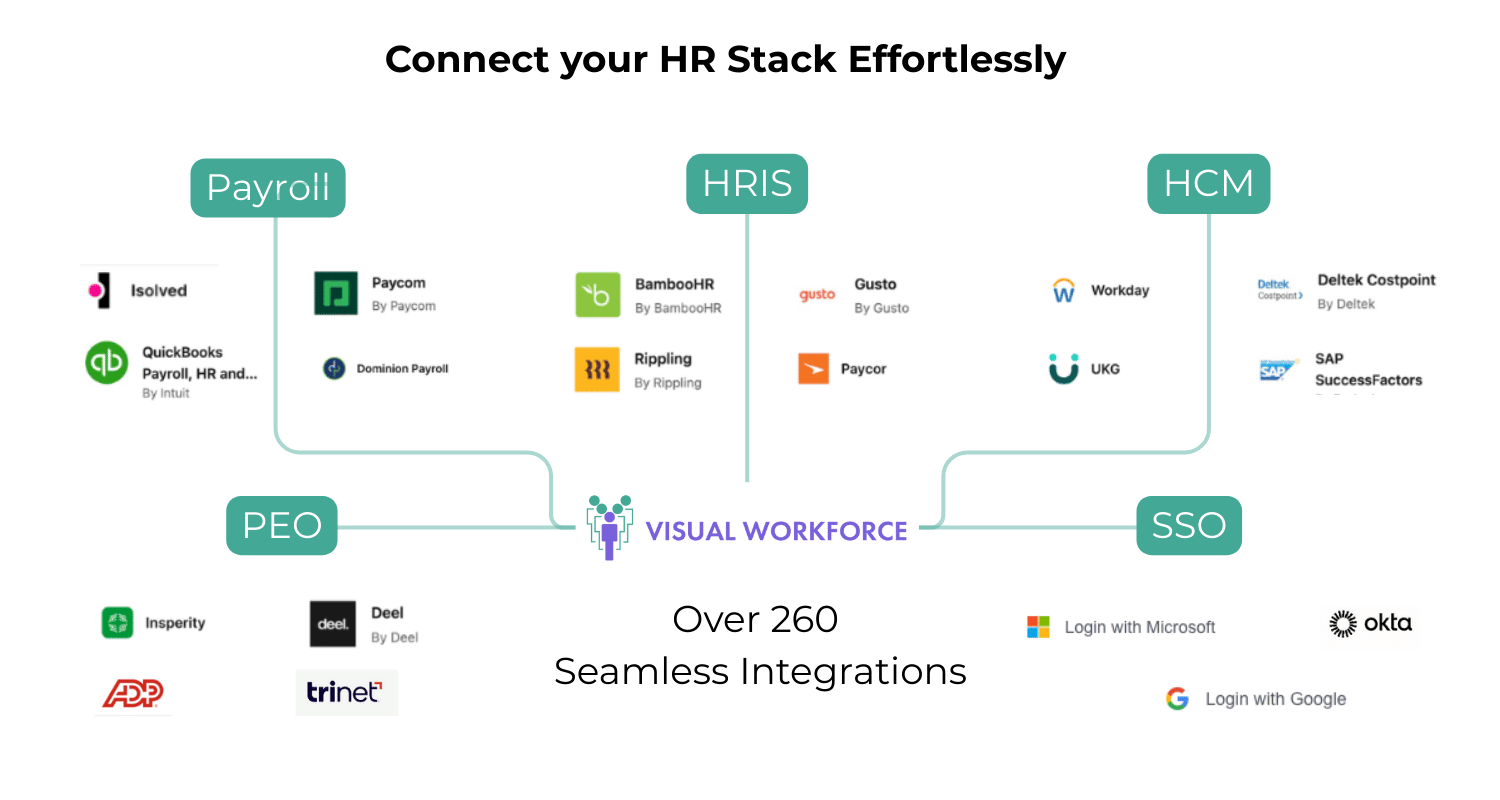How Skills Planning Can Enhance M&A Synergies
Mergers and Acquisitions (M&A) offer an effective strategy for companies looking to enhance their competitive advantage and bottom line. According to the Institute of Mergers, Acquisitions and Alliances, in the first half of 2024, the value of M&A deals rose by 5%, overall transaction volume fell by 30%. Deal volumes were just over 21,000 and deal values reached $1.3tn so far in 2024. Bain & Co’s mid year recap shows global M&A deal value up 21% over 2023 and is on track with 2023 totals.
These numbers show us that the financial stakes of M&As are higher than ever, and the importance of achieving post-merger synergies is vital to the long-term success of the companies involved.
Unfortunately, successful M&A deals are the exception, not the standard. Research by Christensen, Clayton updated the research and published in the Harvard Business Review in 2019 - the failure rate is between 70 percent and 90 percent.
How can you ensure your company is the exception?
Bain & Company: In a study on post-merger integration, Bain found that companies with a clear understanding of their workforce's skills and capabilities were more likely to achieve successful outcomes.
McKinsey & Company: McKinsey has emphasized the importance of skills based organizations in the context of digital transformation, arguing that such organizations are better equipped to adapt to new technologies and market trends.
Key points to consider:
Clear understanding of workforce skills and capabilities is crucial for successful post-merger integration, execution and ROI.
Skills based organizations are better positioned to adapt to changes and market shifts.
Recent studies emphasize the importance of talent intelligence by focusing on people and talent development during mergers and acquisitions.
Integrating Skills Inventory into the Virtual Data Room (VDR)
A Virtual Data Room (VDR) is a secure online platform used to share confidential documents during M&A transactions. By incorporating a detailed skills inventory into the VDR, companies can provide potential acquirers with valuable insights into their workforce, enhancing the overall due diligence process and increasing the likelihood of a successful deal.
Key Benefits of Including a Skills Inventory in the VDR:
Transparent Assessment of Talent: A workforce skills inventory provides a clear and comprehensive overview of the target company's workforce. This allows potential acquirers to assess the quality and availability of talent, identify potential synergies, and evaluate the company's ability to execute its post-merger strategy.
Enhanced Due Diligence: By providing access to a skills inventory, companies can streamline the due diligence process and reduce the time and resources required to gather information. This can help to expedite the deal and increase the chances of a successful outcome.
Improved Negotiation Leverage: A well-documented skills inventory can give the target company a competitive advantage in negotiations. By highlighting the value of its workforce, the company can potentially negotiate better terms and conditions.
Facilitated Integration Planning: A skills inventory can help to identify potential integration challenges and opportunities. By understanding the skills and competencies of the combined workforce, companies can develop effective integration plans to minimize disruption and maximize synergies.
Reduced Post-Merger Risks: By providing a clear picture of the workforce, a skills inventory can help to reduce the risk of post-merger challenges such as employee morale issues, turnover, and decreased productivity.
Key Considerations for Including a Skills Inventory in the VDR:
Data Privacy and Security: Ensure that all sensitive employee data is handled in accordance with applicable privacy laws and regulations. Implement robust security measures to protect the confidentiality of the information contained in the skills inventory.
Accuracy and Completeness: Ensure that the skills inventory is accurate, up-to-date, and complete. This will provide potential acquirers with a reliable assessment of the target company's workforce.
Accessibility: Make the skills inventory easily accessible to potential acquirers within the VDR. Consider using a user-friendly format, such as a searchable database or interactive tool.
Customization: Tailor the skills inventory to the specific needs of the M&A transaction. This may involve highlighting certain skills or competencies that are particularly relevant to the deal.
By integrating a skills inventory into the VDR, companies can provide potential acquirers with a valuable tool for assessing the quality and availability of talent, enhancing the due diligence process, and increasing the likelihood of a successful M&A transaction.
Workforce skills inventory and skills based organizations have become increasingly important in the context of successful M&A. They offer a strategic advantage by:
Enhancing due diligence: A comprehensive skills inventory can provide valuable insights into the target company's workforce, helping acquirers assess potential synergies and risks.
Facilitating post-merger integration: By identifying skills gaps and strengths, companies can develop effective integration plans and ensure a smooth transition.
Driving innovation and agility: Skills based organizations can foster a culture of innovation and adaptability, which is essential in today's rapidly changing business environment.
Improving employee engagement and retention: By recognizing and rewarding employees based on their skills and contributions, companies can enhance employee satisfaction and reduce turnover.
Related Posts: How do you build a skills matrix?
Recent research and case studies have highlighted the benefits of incorporating skills inventory and skills based principles into M&A strategies and synergies.
What Are Synergies?
A synergy “arises in a merger or acquisition when the combined value of the two firms is higher than the pre-merger value of both firms combined.” The most common types of synergies are “cost-saving” and “revenue-upside” synergies.
Cost-saving synergies focus cost reductions, due to efficiencies from combining the businesses. Revenue-upside synergies are achieved through incremental revenues acquired through the merger.
There are other factors besides revenue and cost that generate synergies and can significantly impact the success of a merger. Such factors are often overshadowed by these more apparent activities that directly contribute to the bottom line and the value of the acquisition. However, these “soft” synergies play a crucial role in the sustainability and long-term success of a merger.
Arguably the most significant “soft” synergy is people. So many companies miss the mark when it comes to developing and executing a successful workforce integration strategy. Another study from the Harvard Business Review showed that companies with “especially large cultural mismatches saw their yearly net income drop by over $600 million.”
Here’s the bottom-line: People can make or break your M&A deal.
How Can You Focus on People to Improve Synergies?
Align Skills and Capabilities. By evaluating and recognizing the strengths and weaknesses of both workforces, executives can align skills and capabilities to enhance synergies. For example, Company A’s workforce may be strong in a particular skill set that Company B lacks and vice versa. By filling existing gaps, both companies experience greater operational efficiencies that generate positive cost-saving synergies.
Identify Key Managers and Employees To Lead. Selecting a capable management team to lead both companies through this transformation is critical to obtaining buy-in from your workforce. You need to choose the right people with the right skills from both companies. While some of these skills are merger-specific “hard” skills, most are “soft” skills such as leadership, communication, problem-solving, and adaptability.
Evaluating potential candidates for your management team shouldn’t be an informal process. Leveraging data-driven evaluation will ensure you blend the right mix of experience and skills to form a team that can lead your workforce through a successful transformation.
Related Post: The Best Way to Track and Identify Your Team’s Hard and Soft Skills
Prioritize Culture Integration Along with skills, successfully merging cultures can create long-term synergies for a new company. However, this can be one of the hardest things to achieve post-acquisition, especially for companies with significantly different cultures. Before the acquisition, executives should evaluate differences in-depth to see if the two cultures are compatible. If they choose to move forward, this analysis will serve as a strong foundation for a strategic plan to merge the cultures successfully.
Retain Top Talent The last result you want from a merger is to lose the top talent you just acquired. These people may be responsible for achieving several synergies. Losing them could be a massive blow to the success of your merger. By taking the actions noted above, you can avoid a mass exit of top talent and even leverage their individual skills and capabilities more as a combined force.
How Can Skills Planning Help You Achieve Successful Workforce Integration?
Skills planning provides you a clear snapshot of your current workforce’s skills and capabilities. The approach will help you recognize the strengths of your workforce as well as any skills gaps. An excellent skills planning tool will allow you to collect and analyze data efficiently so you can focus on leveraging any insights to make better business decisions.
Successful workforce integration begins with understanding both side’s strengths and weaknesses. From this data, you can recognize opportunities for synergies in skills gaps. Merging each workforce should help close these gaps, not expand them.
Your skills planning tool should also utilize data visualizations to reveal these gaps clearly and quickly. For example, the graph below shows all skills for the IT department, compared to the ideal standards for those skills:
Notice how you can immediately identify the gaps and the strengths of your combined workforce. Now rather than scouring excel spreadsheets for the answers, you can spend valuable time developing an effective strategy from these insights.
Skills planning should be performed prior to acquisition and post acquisition. Activities like selecting the merger leadership team may occur post acquisition. You can leverage skills planning on a smaller scale to identify the right people with the right skills for the position.
After the new company emerges from the transformation stage, skills planning can become a recurring activity used to strengthen and expand your workforce, identify high performing teams for projects, and win competitive bids.
Talent Management and Post-Merger Integration:
Skills based assessments: Companies are using skills inventories to assess the capabilities of their combined workforce and identify potential synergies.
Talent retention: Skills based organizations can help to retain key talent by providing opportunities for career development and growth.
Cultural integration: A focus on skills can help to bridge cultural differences and promote a unified organizational culture.
Digital Transformation and M&A:
Upskilling and reskilling: Skills inventories can help to identify the skills gaps that need to be addressed to support digital transformation.
Agile organizations: Skills based organizations are often more agile and adaptable to change, which is essential to achieving value.
Sustainable talent management: Skills based organizations can focus on developing the skills needed to support sustainable business practices.
Related Posts: What Are the Business Benefits of Having a Skills Inventory?
M&As provide opportunities for companies to expand beyond their current potential. However, key synergies must be realized to reap the long-term benefits of a merger. Skills planning can help you achieve synergies from workforce integration. Your people are your greatest asset. By strategically aligning your workforce’s skills and capabilities, you set your new organization up for long term success beyond the initial M&A deal.
Ready to invest in the future of your workforce?
Learn how Visual Workforce can help you discover and optimize the skills and capabilities of your people, teams, and projects.
Visual Workforce is the software solution at the heart of the creation, operation, and competitive advantage of a Skills Based Organization (SBO).








